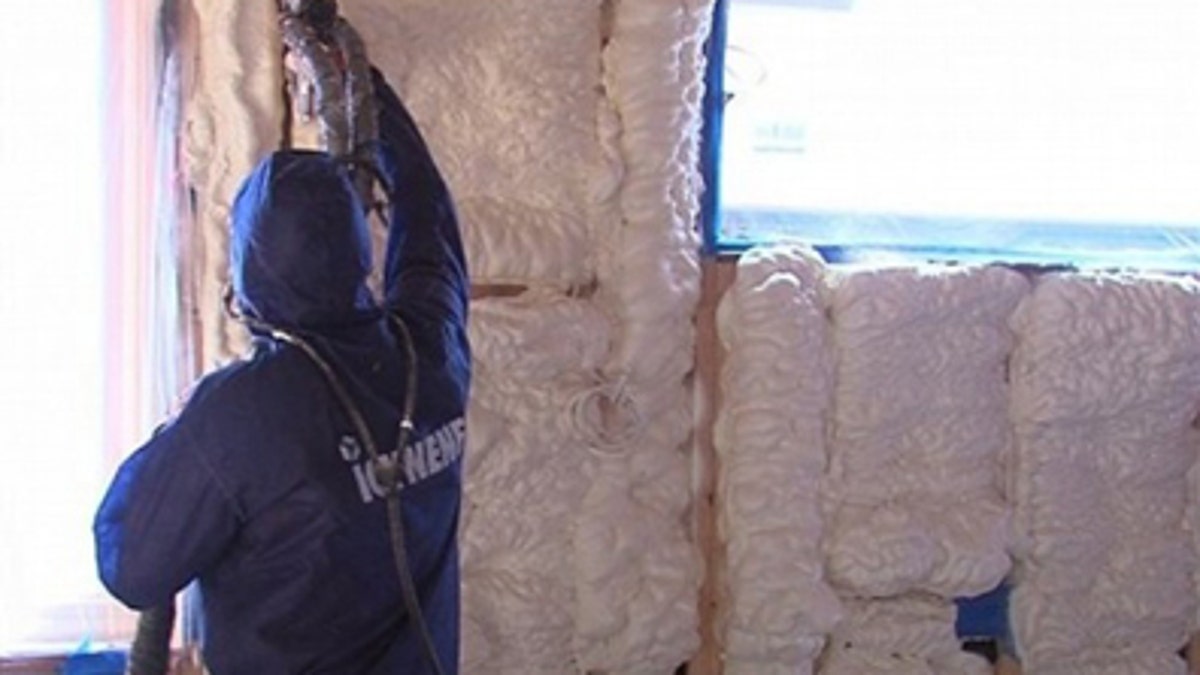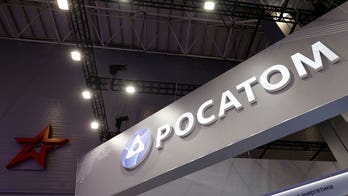
Icynene and National Foam Supply to grow the spray foam market in Quebec and Eastern Canada. (Photo: Business Wire) (AP)
A green jobs program in one of America's greenest cities is being called a bust 16 months after a $20 million federal grant to weatherize homes in Seattle ended up putting just 14 people to work in mostly administrative jobs and upgrading only three homes in the area.
"The jobs are not there," Todd Myers, who wrote the book "Eco Fads," told Fox News. "So we're training people for jobs that don't exist."
Seattle is not alone. The Department of Energy has allocated $508 million to 41 states for its Better Buildings Neighborhood Program and 600 jobs have been created or retained.
"While communities are advancing their programs at different rates, we are pleased with the progress," the agency wrote in a recent statement.
One year into the three-year program, 9,000 homes have had energy audits and received some kind of upgrade. The goal is to weatherize 150,000 homes by 2013 and save consumers $65 million annually on energy bills.
Seattle Mayor Mike McGinn says it's too early to declare the program a failure.
"We may have to adjust how we market it and the incentives we provide," McGinn said. "Nobody has really cracked the green jobs code."
Contractors who do the energy audits and home retrofits blame government for getting in the way. To be a participating business in Seattle, the contractor is required to pay workers $21 an hour with full benefits, including retirement pay. But according to several small business owners in the area, the prevailing wage for new workers who lay insulation is $12. per hour.
McGinn, however, insisted that allowing contractors to pay anything less than what the city has declared a ‘living wage', amounts to a 'race to the bottom' for jobs.
"The workforce agreements that were negotiated with contractors at the table made sure that some benefits of this work is going to local workers, and we're going to pay fair wages for it," he said.
But Myers and others say the biggest problem with the program is government is trying to create a market that consumers don't want. The average homeowner in the U.S. pays about $2,000 a year for energy.
The weatherization upgrades are aimed at saving 15 percent on energy consumption. If the retrofit costs $10,000 even with all the government incentives, it will take over 30 years to pay off through lower energy bills.
"The problem is the policies the politicians choose, whether green jobs or retrofits, are based on appearance," Myers said. "They choose things that look good, rather than what's best for the environment."
Among the other cities having trouble fulfilling the green jobs promise are Toledo, Kansas City and Phoenix. So far, those cities have created a combined 72 jobs with $65 million in grants.
The difficulty is magnified on the federal level. President Obama once said he wanted to create 5 million green jobs over 10 years. The 2009 stimulus package included $5 billion toward that goal.
A chunk of that money went for weatherization programs, but according to a Department of Energy inspector general report one year later, "only two of the 10 highest-funded recipients completed more than 2 percent of planned units."




